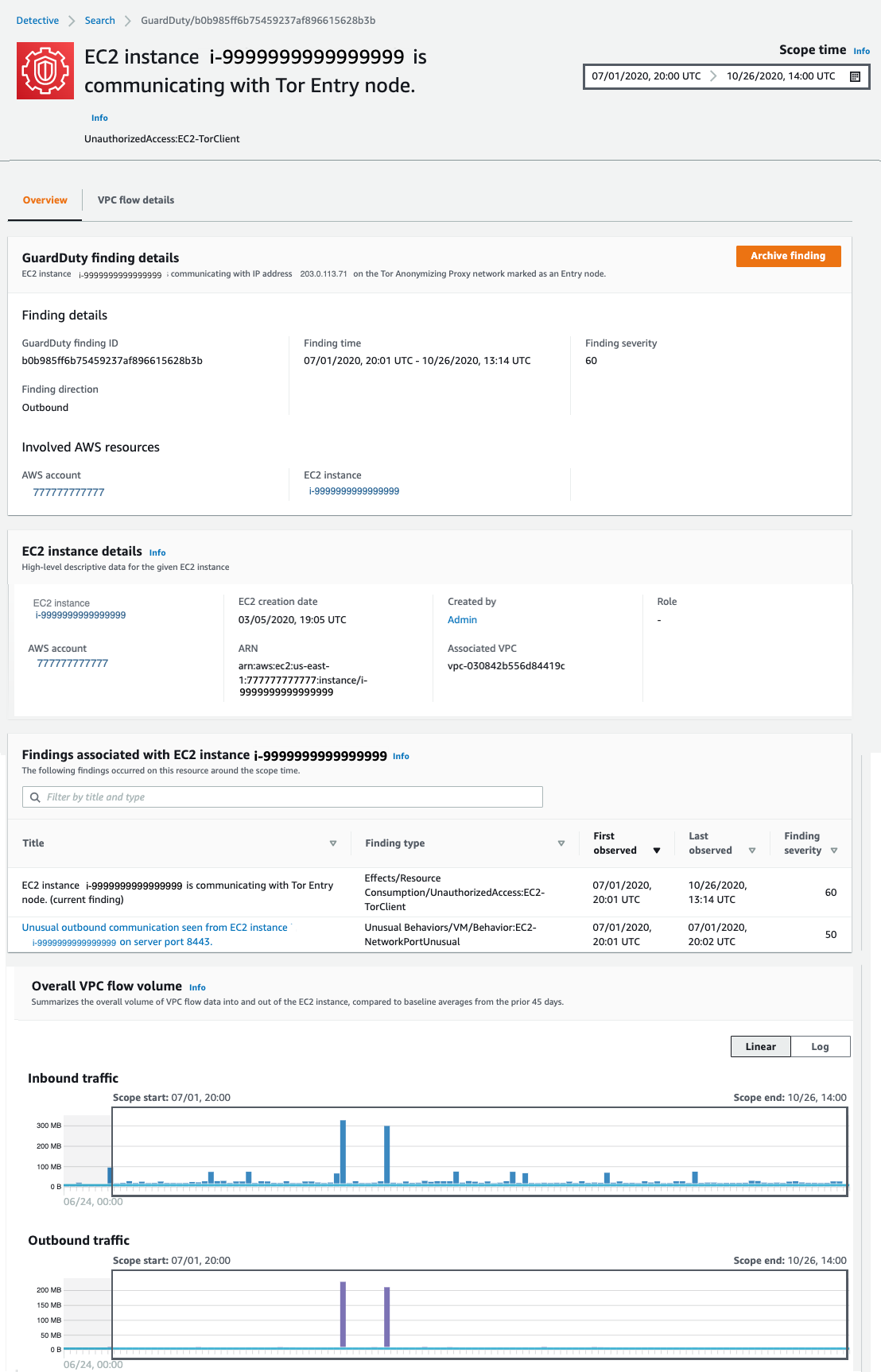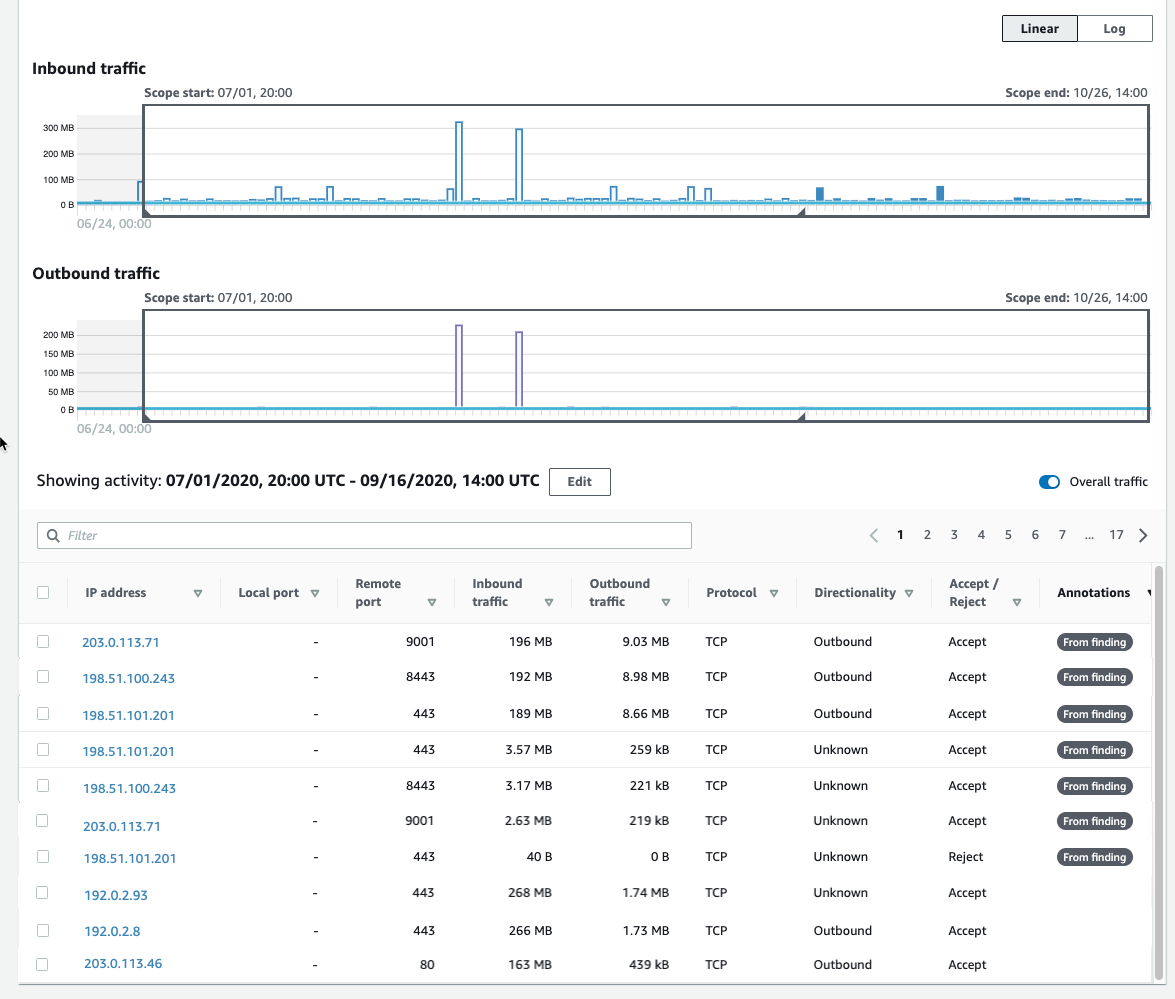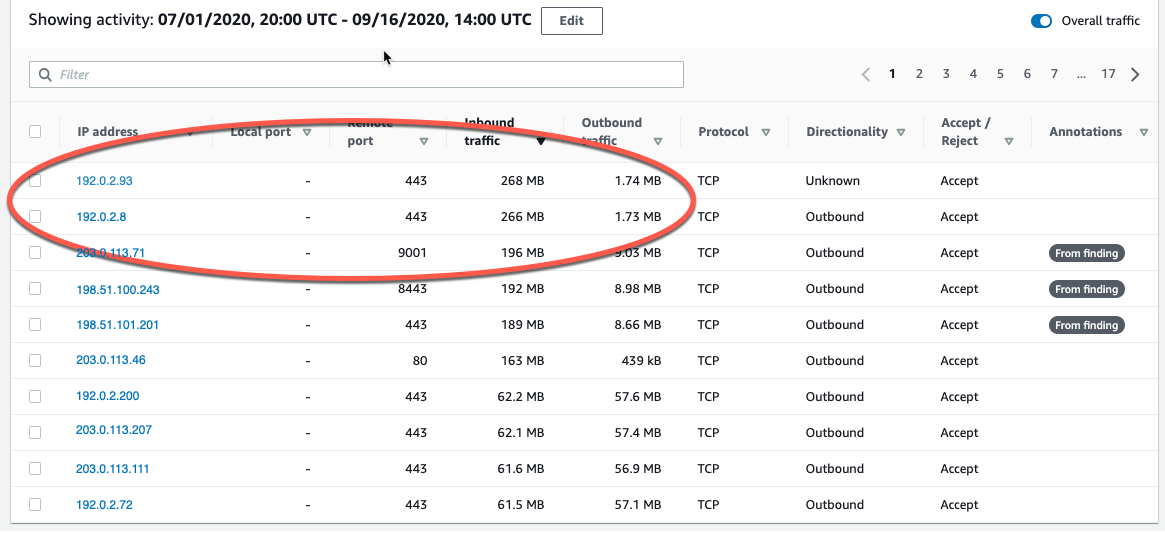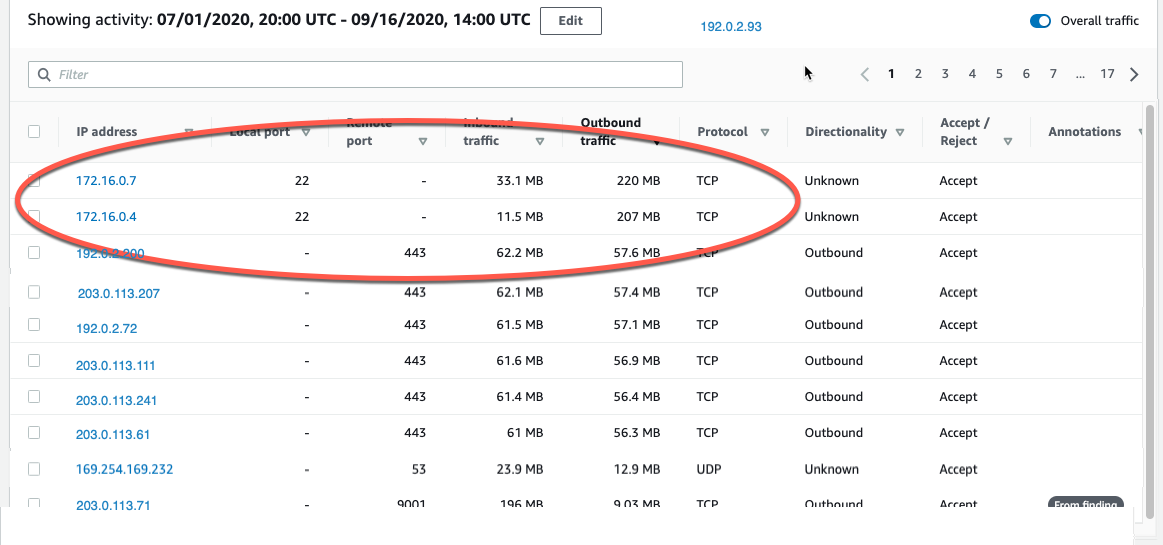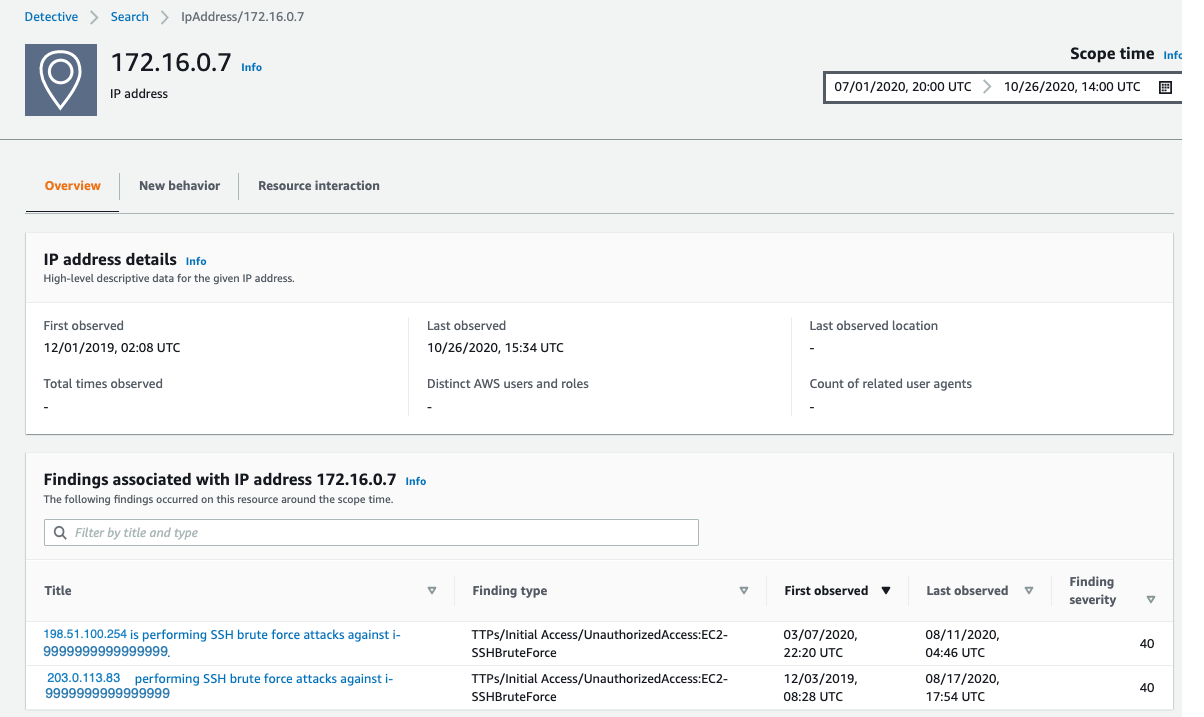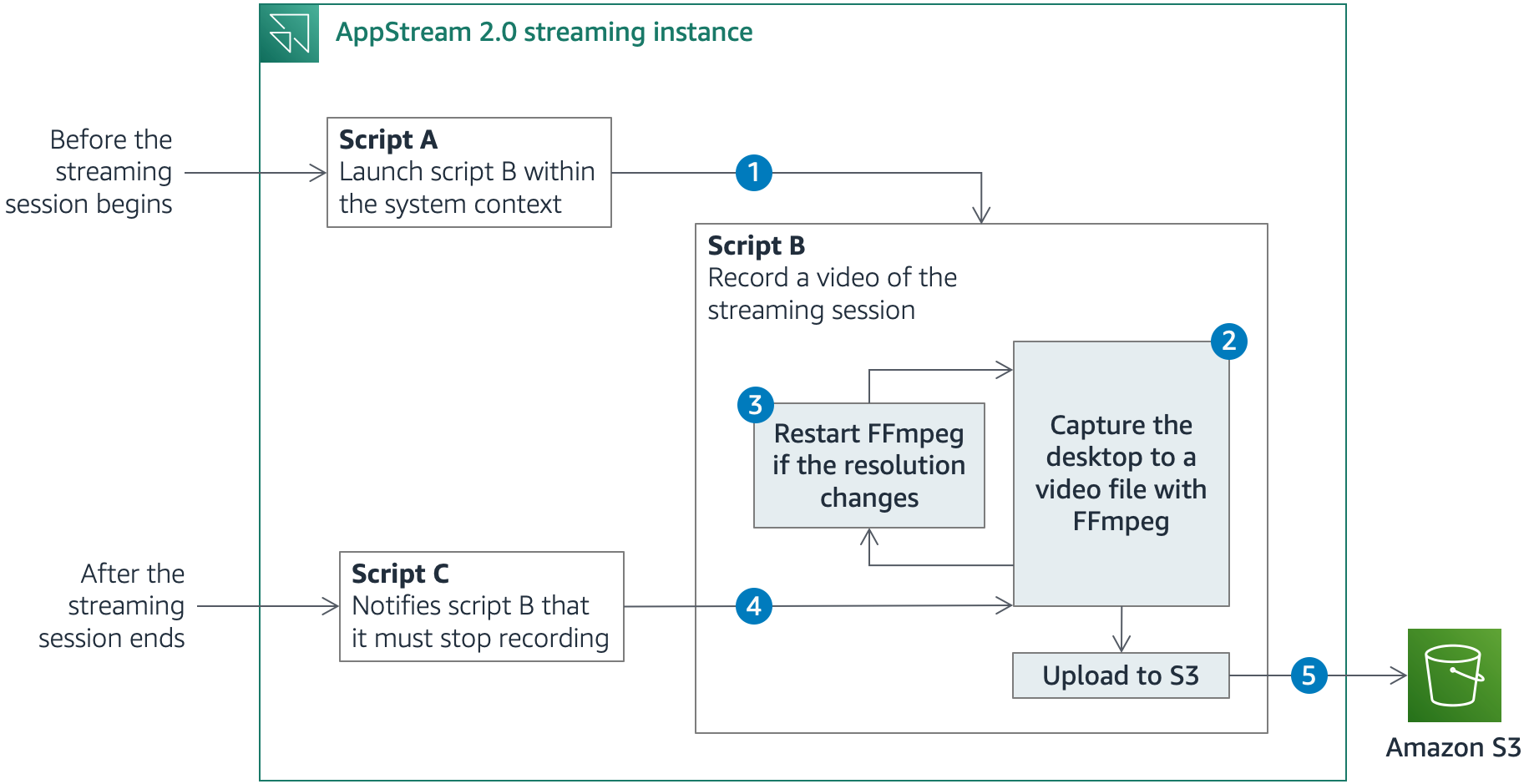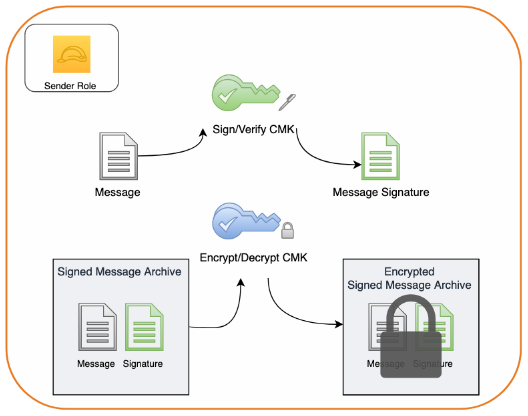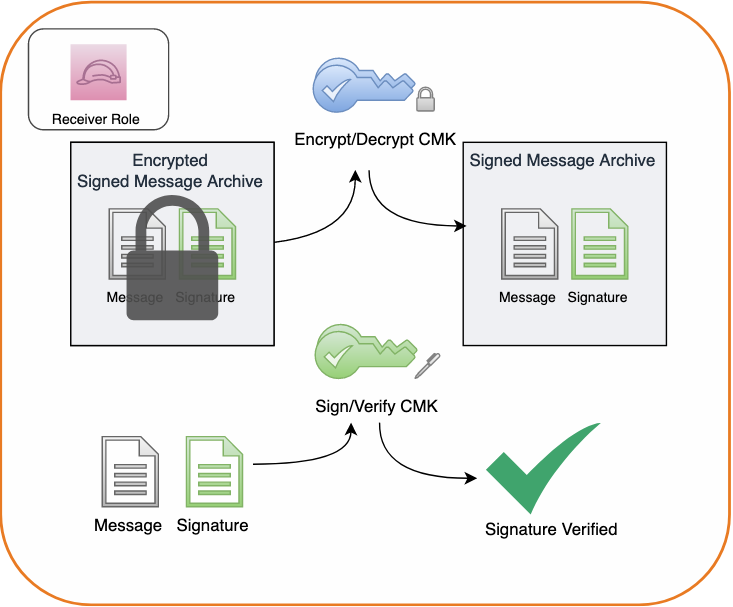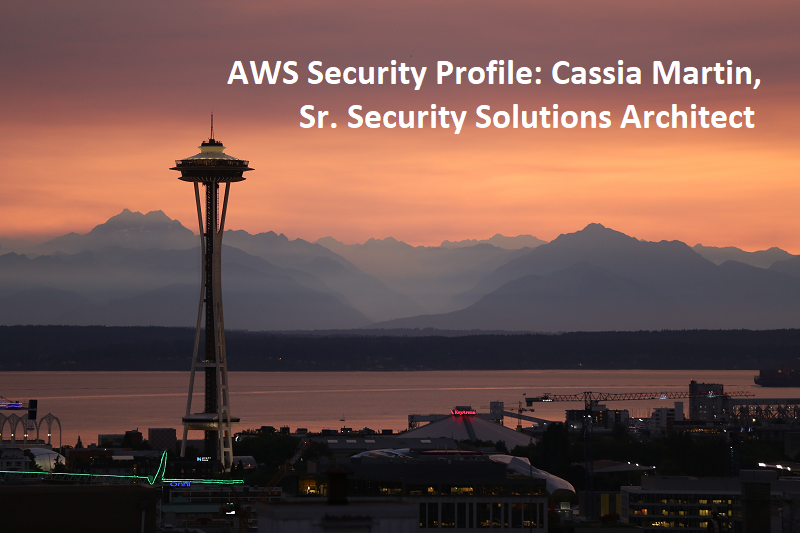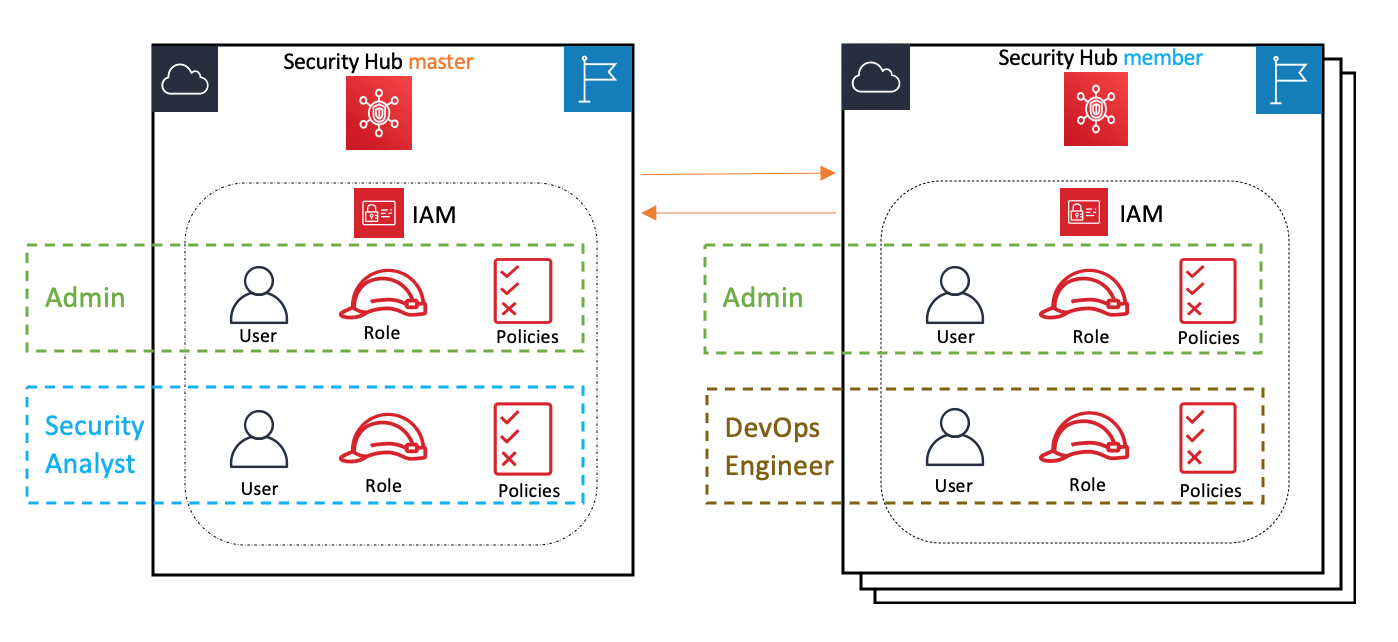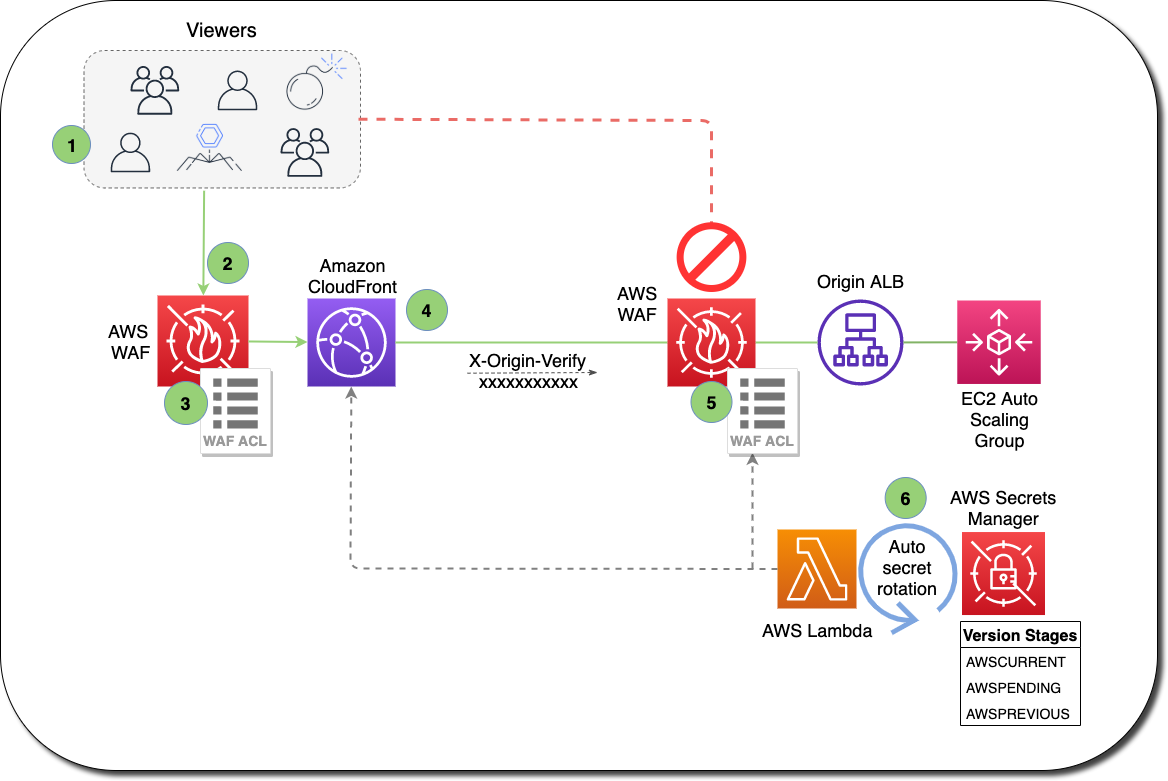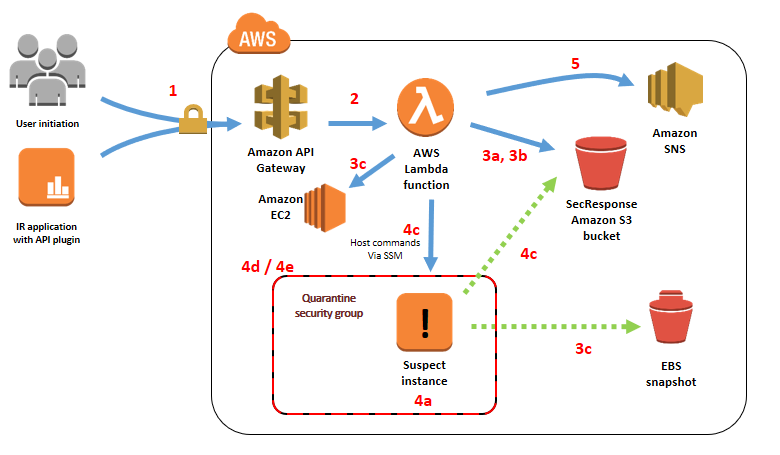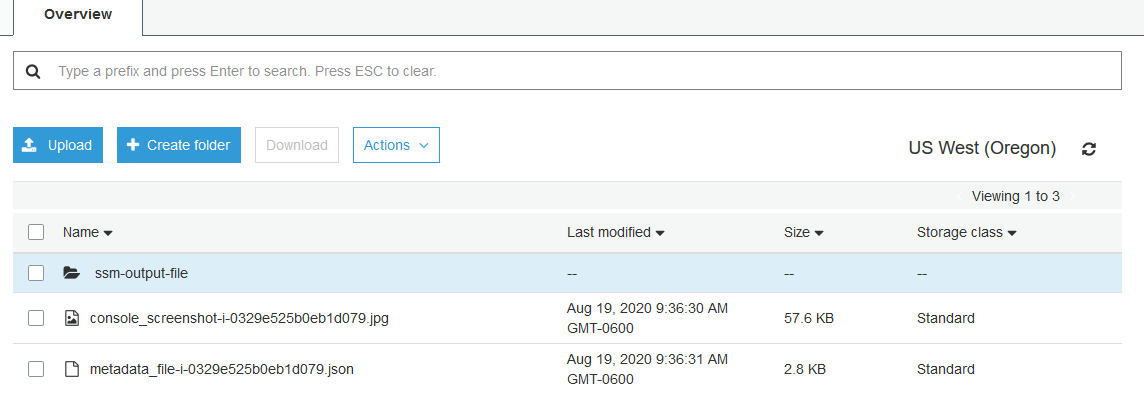Post Syndicated from Umesh Ramesh original https://aws.amazon.com/blogs/security/centrally-manage-aws-waf-api-v2-and-aws-managed-rules-at-scale-with-firewall-manager/
Since AWS Firewall Manager was introduced in 2018, it has evolved with many more features and today also supports the newest version of AWS WAF, as well as the latest AWS WAF APIs (AWS WAFV2), and AWS Managed Rules for AWS WAF. (Note that the original AWS WAF APIs are still available and supported under the name AWS WAF Classic. Firewall Manager already supported AWS WAF Classic and continues to do so.) In this blog, we walk you through the steps of setting up Firewall Manager policies for AWS WAF and highlight some of the options available. We also walk through how to use the recently launched feature that enables centralized logging for your AWS WAF policies. In addition, we share an AWS CloudFormation template that you can use to set up Firewall Manager policies, AWS WAF rule groups, and the related AWS WAF rules (both custom and managed rules). Before we get into the content of the blog, here’s some background information you should know.
AWS WAF rules define how to inspect web requests and what to do when a web request matches the inspection criteria. Firewall Manager simplifies the administration of AWS WAF rules at scale across multiple accounts.
Background
Web ACL capacity units
The web ACL capacity unit (WCU) is a new concept that we introduced to AWS WAF. WCU is a measurement that is used to calculate and control the operating resources that are used to run your rules with your web access control list (web ACL).
AWS Managed Rules
AWS Managed Rules (AMRs) are a set of AWS WAF rules curated and maintained by the AWS Threat Research Team. With just a few clicks, these rules can help protect your web applications from new and emerging risks, so you don’t need to spend time researching and writing your own rules. The core rule set covers some of the common security risks described in the OWASP Top 10 publication. AMRs also include IP reputation lists based on Amazon threat intelligence that can help reduce your exposure to bot traffic or exploitation attempts. You can add multiple AMRs to your web ACL or write hundreds of your own rules. Additional rule sets from AWS Marketplace sellers like Cyber Security Cloud and Fortinet are also available to use. If you subscribe to rules from an AWS Marketplace seller, you will be charged the managed rules price set by the seller.
Rule groups
A rule group is a group of AWS WAF rules. In the new AWS WAF, a rule group is defined under AWS WAF, and you can add rule groups as a reusable set of rules under a web ACL. With the addition of AMRs, customers can select from AWS Managed Rule groups in addition to Partner Managed and Custom Configured rule groups. So, you now have the option to create Firewall Manager policies by using either AWS WAF Classic rule groups or new AWS WAF rule groups.
Firewall Manager policy
A Firewall Manager policy is an entity that contains a set of rule groups that can be associated to and applied to your resources. In this policy, you also specify the resource types you want to protect in specific or all accounts. Based on the policy, Firewall Manager creates a Firewall Manager web ACL in the corresponding accounts. In addition, individual application teams can add more rules or rule groups to this web ACL.
Firewall Manager prerequisites
Firewall Manager has the following prerequisites:
- AWS Organizations: Your organization must be using AWS Organizations to manage your accounts, and All Features must be enabled. If you’re new to Organizations, use these steps to enable AWS Organizations in your account. For more information, see Creating an organization and Enabling all features in your organization.
- A Firewall Manager administrator account: You must designate one of the AWS accounts in your organization as the administrator for Firewall Manager. This gives the account permission to deploy AWS WAF rules across the organization. On the web console of the AWS account that you want to designate as the Firewall Manager administrator, go to the Firewall Manager service, and on the Settings tab, choose Set administrator account to set that account as the administrator, as shown in figure 1.

Figure 1: Firewall Manager administrator account
- AWS Config: You must enable AWS Config for all the accounts in your organization so that Firewall Manager can detect newly created resources. To enable AWS Config for all the accounts in your organization, you can use the Enable AWS Config template on the StackSets Sample Templates page. For more information, see Getting Started with AWS Config.
Walkthrough: Set up Firewall Manager policies
In the following steps, we walk you through the steps of creating and applying a Firewall Manager policy across AWS accounts, explaining the implications of the options you can choose. This policy uses AWS WAF rules that include AMRs such as the core rule set, Amazon’s IP reputation list and SQL injection.
To create and apply Firewall Manager policies
- In the AWS Management Console, navigate to the Firewall Manager service, choose Security Policies, and then choose the appropriate Region.
- Choose the Create Policy button. Under Policy type, you can see four options to choose from, as shown in figure 2. For this walkthrough, choose AWS WAF, which is the most recent version of AWS WAF, and then choose Next.

Figure 2: Choosing the policy type
- You can now see options to add two sets of rule groups, first rule groups and last rule groups, as shown in figure 3.
- First rule groups: When the web ACL inspects a web request, these are the set of rule groups that are prioritized to be evaluated at the very beginning. Note that these rules could be either custom build rules, or managed AWS WAF rules offered by AWS or other sellers.
- Last rule groups: If the web request makes it through the first rule set and the AWS WAF rules defined for this web ACL (which will be in the format FMManagedWebACLV2PartialRuleName-policyXXXX), then it is evaluated against this last set of rule groups, before resulting in the action defined in this rule set.
- Default web ACL action: This option specifies whether you want the web request evaluated by the rule to be allowed or blocked.

Figure 3: Updating Rule groups
- See the AWS Managed Rules rule groups list to understand the rules that are defined in the managed rule set. You can choose to override the default action set and instead apply the “count” setting to monitor the traffic for the rule group. This will help customers to monitor for false positives before deciding to allow or reject certain web-requests.
You can apply this count mode to specific rules of the rule set by selecting the rule, choosing the Edit button, as shown in figure 4, and then setting the toggle for individual rules.

Figure 4: Edit rule group to override the default action set
Figure 5 shows the Override rules action setting toggled on and off for various rules. AWS Core Rule set contains rules to protect against commonly occurring vulnerabilities described in OWASP publications. The two parameters, “SizeRestrictions_QUERYSTRING” and “SizeRestrictions_BODY” are set to monitoring mode which helps verify that the URI query string length and request body size are within the standard boundary for web applications.

Figure 5: Example of setting a managed rule to override the rules action
- On the same page, under Policy action, you can also set the policy action to either identify the resources and monitor those that don’t comply with the policy rules, without auto-remediation, OR choose to auto-remediate any of the non-compliant resources. This option is shown in figure 6.
Auto-remediation: Here is where you can get creative in using Firewall Manager policies based on various requirements. For example, you can create policies for specific departments using AWS tags OR all applications deployed in specific accounts, where you want to enforce certain AWS WAF rules to meet requirements to protect all the resources. Notice in figure 6 that you can choose to auto-remediate. What this means is that these AWS WAF rules are not only applied to all the resources types that you select to protect, but if someone tampers with this Firewall Manager web ACL by deleting the rule group, Firewall Manager creates this rule group again within a few minutes. In the background, Firewall Manager has a tight integration with AWS Config to monitor all the resources across other accounts in that parent organization. Similarly, in the same account, you could create another policy for a different department or team where you don’t want to enforce the AWS WAF rules but instead let the application teams in these departments create their own web ACLs to use.

Figure 6: Setting the default web ACL and auto-remediate actions
In figure 6, you see an option to replace the existing web ACLs. You may have created custom AWS WAF rules and applied those to the resources by using a custom web ACL. With this option, you can either choose not to alter such existing resources that are already protected by another custom web ACL (and not by Firewall Manager–created web ACLs), or to disassociate the resources and have them protected by the new web ACLs created by this policy.
- In this last step, under Policy scope, you can decide to apply the policy to specific types of AWS resources, either to all accounts in that organization or just to some of them, and also filter based on tags. This option is shown in figure 7. In the below example, you will see that the policy is restricted to two accounts, and two corresponding OU’s with tags limiting to “DeptName: PCI”.

Figure 7: Defining policy scope for specific accounts
Once these changes are applied, then in the background, with AWS Config enabled in the child accounts that are included in the policy, AWS WAF rules are created in the format “FMManagedWebACLV2<rulegroupname>XXXXXXXXXXXXX”. All resources that meet the conditions called out in the policy are automatically protected.
Validation: You can now log in to one of the child accounts to verify whether the resources are created. In our example, all the Application Load Balancers with the tag name DepName:PCI will be associated to this web ACL. You can also add more AWS WAF rules to this web ACL.

Figure 8: Reviewing and managing web ACLs in participating child accounts
Firewall Manager logging capability
As part of the AWS WAF capability you want to make sure that logging is enabled with the recently announced feature for centralized logging of your AWS WAF policies. With this logging feature, you get detailed information about traffic within your organization.
The steps are similar to enabling logging for AWS WAF, and consists of two steps. In the first step, Amazon Kinesis Data Firehose is used to capture logs from your policy’s web ACLs to a configured storage destination through the HTTPS endpoint. In the second step, you enable logging in a Firewall Manager policy and select the Firehose stream you created in the first step.
Step 1: Set up a new Kinesis Data Firehose delivery stream
Amazon Kinesis Data Firehose is a fully managed service for delivering real-time streaming data to destinations such as Amazon Simple Storage Service (Amazon S3), Amazon Elasticsearch Service (ES), Splunk, and Amazon Redshift. With Kinesis Data Firehose, you don’t need to write applications or manage resources. You configure your data producers to send data to Kinesis Data Firehose, and it automatically delivers the data to the destination that you specified. You can also configure Kinesis Data Firehose to transform your data before delivering it.
To set up the delivery stream
- In the AWS Management Console, using your Firewall Manager administrator account, open the Amazon Kinesis Data Firehose service and choose the button to create a new delivery stream.
- For Delivery stream name, enter a name for your new stream that starts with aws-waf-logs- as shown in figure 9. AWS WAF filters all streams starting with the keyword aws-waf-logs when it displays the delivery streams. Note the name of your stream since you’ll need it again later in the walkthrough.
- For Source, choose Direct PUT, since AWS WAF logs will be the source in this walkthrough.
- We recommend that you also enable server-side encryption. You can either choose to use AWS-owned keys or the customer-managed keys. In this example, we have chosen AWS owned Customer master keys (CMKs). If you have your own CMK’s, you can select the 2nd option of the customer-managed keys and pick your corresponding key from the dropdown list.

Figure 9: Setting the source for the Kinesis Data Firehose delivery stream
- Next, you have the option to enable AWS Lambda if you need to transform your data before transferring it to your destination. (You can learn more about data transformation in the Amazon Kinesis Data Firehose documentation.) In this walkthrough, there are no transformations that need to be performed, so for Data transformation, choose Disabled. You also have the option to convert the JSON object to Apache Parquet or Apache ORC format for better query performance. In this example, for Record format conversion, choose Disabled. Figure 10 shows these options.

Figure 10: Setting data transformation and format conversion
- On the Select destination screen, for Destination, choose Amazon S3, as shown in figure 11.
- For the S3 destination, you can either enter the name of an existing S3 bucket or create a new S3 bucket. Note the name of the S3 bucket, since you’ll need the bucket name in a later step in this walkthrough.
- (Optional) Set the S3 prefix and error bucket for logs.

Figure 11: Selecting the destination
- On the Configure Settings screen, shown in figure 12, choose other S3 options, such as encryption and compression, and creation of an IAM role for granting access to the Firehose delivery stream.
- You can leave the default values for S3 buffer values. We also recommend enabling compression and encryption.
- Either choose the option to create a new IAM role, or choose an existing role if you’ve already created one.

Figure 12: Setting S3 options and IAM role
- In the next screen, review all the options you selected and choose the Create Delivery Stream button to create a Kinesis Data Firehose delivery stream.
Step 2: Enable logging for an AWS WAF policy
In this step, you configure Firewall Manager policy to direct the log ingestion to the Kinesis Data Firehose delivery stream that you created in the previous step.
To enable logging for an AWS WAF policy
- On the AWS Management Console, search for AWS Firewall Manager and in the navigation pane, choose Security Policies.
- Choose the AWS WAF policy that you want to enable logging for, and on the Policy details tab, in the Policy rules section, choose Edit. For Logging configuration status, choose Enabled.
- Choose the Kinesis Data Firehose that you created for your logging. You must choose a firehose that begins with “aws-waf-logs-”.

Figure 13: Enable Firewall Manager logs
- Review your settings, and then choose Save to save your changes to the policy.
Note: Firewall Manager supports this option for the latest version of AWS WAF, but not for AWS WAF Classic.
With these two steps, you now have logging enabled for your Firewall Manager policies.
Deploy Firewall Manager policy with a CloudFormation template
In this section, we provide you with an example CloudFormation template that deploys Firewall Manager policy with a rule group that consists of both an AWS Managed rule set and a custom AWS WAF rule. As a part of the custom AWS WAF rule, this template creates an IP set in which you specify the list of IP addresses from which you want to block traffic. It also creates a rule with an AND statement that blocks cross-site scripting requests and requests that originate from the IP addresses that you specified. You will also notice that this rule is applied to specific accounts that are entered in the parameters as comma-delimited values. Out of many available AWS Managed Rules, we used two rules: AWSManagedRulesCommonRuleSet and AWSManagedRulesSQLiRuleSet. For the former rule, we set the override action to count, which means the requests won’t be blocked but will be counted for further investigation. The latter rule contains rules to block request patterns associated with exploitation of SQL databases, such as SQL injection attacks. This can help prevent remote injection of unauthorized queries.
As a best practice, before using a rule group in production, test it in a non-production environment, with the action override set to count. Evaluate the rule group using Amazon CloudWatch metrics combined with AWS WAF sampled requests or AWS WAF logs. When you’re satisfied that the rule group does what you want, remove the override on the group.
To deploy the CloudFormation template
- Copy the following template code and save it in a file named deploy-firewall-manager-policy.yaml.
- Execute the following AWS CLI command to deploy the stack. If you haven’t configured AWS CLI, refer to this quickstart.
Pricing
As of today, price per AWS WAF protection policy per Region is $100.00. To get an overall idea on pricing, we recommend that you review this AWS Firewall Manager pricing guide that covers a few scenarios.
AWS WAF charges based on the number of web access control lists (web ACLs) that you create, the number of rules that you add per web ACL, and the number of web requests that you receive. There are no upfront commitments. Learn more about AWS WAF pricing.
There is no additional charge for using AWS Managed Rules for AWS WAF. When you subscribe to a Managed Rule Group provided by an AWS Marketplace seller, you will be charged additional fees based on the price set by the seller.
AWS Shield Advanced customers can use Firewall Manager to apply AWS Shield Advanced and AWS WAF protections across their entire organization at no additional cost.
Conclusion
This blog post describes how you can create Firewall Manager policies with the new version of AWS WAF rules, by using the web console or AWS CloudFormation. You can also create these rules by using the command line interface (CLI), or programmatically with the SDK and other similar scripting tools. Using both AWS WAF and Firewall Manager, you can create a deployment strategy to safeguard all your accounts centrally at the organization level, and also choose to automatically remediate the AWS WAF rules if anything is changed after deployment.
For further reading, see the AWS Firewall Manager Developer Guide.
If you have feedback about this post, submit comments in the Comments section below. If you have questions about this post, start a new thread on the AWS Firewall Manager forum or contact AWS Support.
Want more AWS Security how-to content, news, and feature announcements? Follow us on Twitter.













